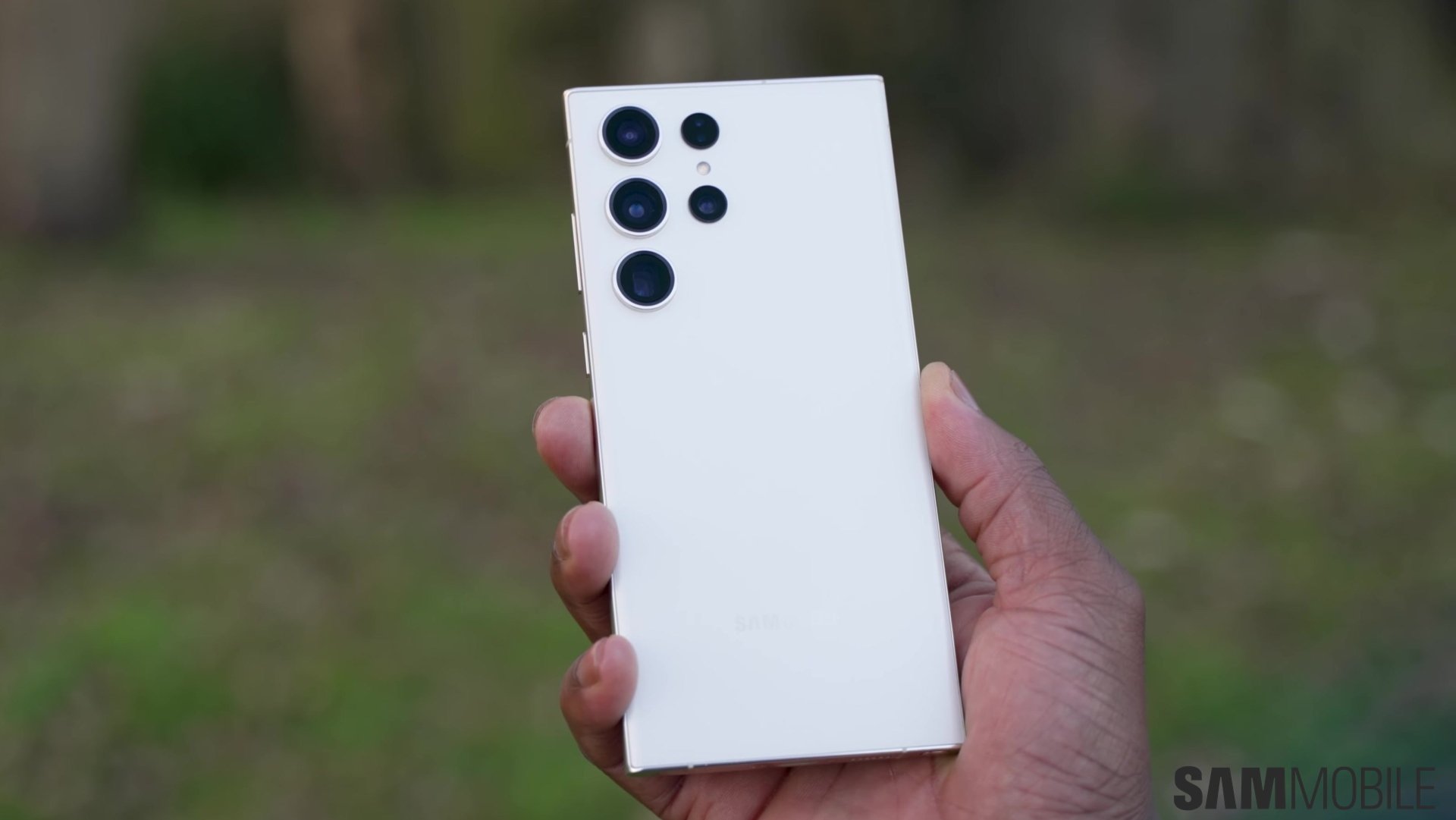
Not only did the subtle design changes elevate the look and feel of the series, but perhaps the biggest improvement came from Samsung's decision to use the Snapdragon chipset for all variants. There's no Exynos variant of any Galaxy S23 phone. This was a refreshing change for customers in markets where Samsung would only sell the Exynos version. Those customers had only heard about all of the ways the Snapdragon variant was better and this time around, they could finally experience if for themselves.
The efforts that Samsung made for the Galaxy S23 appear to be paying dividends. The company confirmed earlier today that the Galaxy S23 series is selling spectacularly well in major markets across the globe. It's already crossed over one million units sold in South Korea. The sales volume is 1.5x higher than the Galaxy S22 in Europe, 1.7x in important Latin American markets, and 1.5x in India.
One of the more interesting stats that Samsung provided today is that the Galaxy S23 Ultra is accounting for 60% of all sales. The Galaxy S23+ and Galaxy S23 account for 20% each. This means that not only is the Galaxy S23 outselling its predecessor by quite some margin, but Samsung is also getting the most customers for its most expensive model.
That's particularly noteworthy when you consider that Samsung raised the Galaxy S23 prices in markets across the globe. It's entirely possible that customers in some markets paid more for the Galaxy S23 Ultra than they would have for its predecessor. Yet, the device was able to inspire enough confidence in customers that they were willing to open their wallets.
This is a considerable achievement for Samsung following the rather lackluster performance of the Galaxy S22 series. It did a lot of things right with this new series to give customers the confidence that buying an expensive flagship phone was the right decision even in these challenging economic times. As the company now sets out to develop the successor, the Galaxy S23's stellar performance will prove to be its biggest hurdle.
Samsung will have to pause and reflect on the potential drawbacks of a return to Exynos. There are already rumors that the Galaxy S24 may feature an Exynos chipset. If it's indeed true that more customers preferred buying a Galaxy S23 this year due to the Snapdragon chipset, it risks alienating those customers and giving them a reason to not upgrade to the Galaxy S24 in 2024.
It will also risk missing out on the crucial two-year upgrade cycle that many customers, particularly in the US, follow. Those Galaxy S21 customers may opt out of upgrading to the latest handset, and could instead opt to buy the Galaxy S23 that's inevitably going to be discounted once the successor comes out.
Beyond that, Samsung also has to build upon the strengths of the Galaxy S23 in terms of overall optimization, functionality, and camera performance. To make sure that customers feel that this series is going from strength to strength, it needs to add considerably more value in these departments to make the Galaxy S24 feel like a worthy successor to one of the best Galaxy S lineups from the company in a while.
Fortunately for Samsung, it may have major design changes to lean on. We normally see Samsung introduce big design changes to its flagship lineups after every two years. Since only minor changes were made this year with the Galaxy S23, the expectation is that the Galaxy S24 will have a vastly different design language compared to its predecessor. This is one area where Samsung can really push the envelope to ensure that this becomes one of the reasons why people feel like upgrading to the Galaxy S24.
While it's hard to predict what the global economic situation will be like in February 2024, the signs don't look promising right now, so it's tough to say if Samsung will be in a position to bring down the prices. If it's able to achieve that, it will certainly help the Galaxy S24 become more popular among customers, particularly those who avoided upgrading this year due to the increased price tag.
We still have a long way to go until the Galaxy S24 becomes due. It will be interesting to see how Samsung tackles all of these challenges to hopefully deliver a lineup that's worthy of being considered one of the best Samsung phones on the market.


















